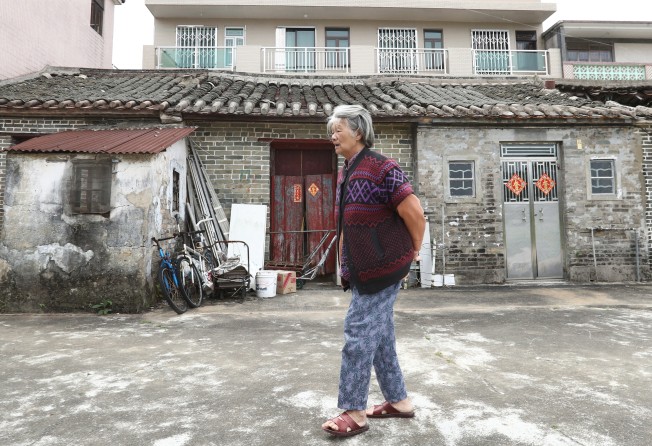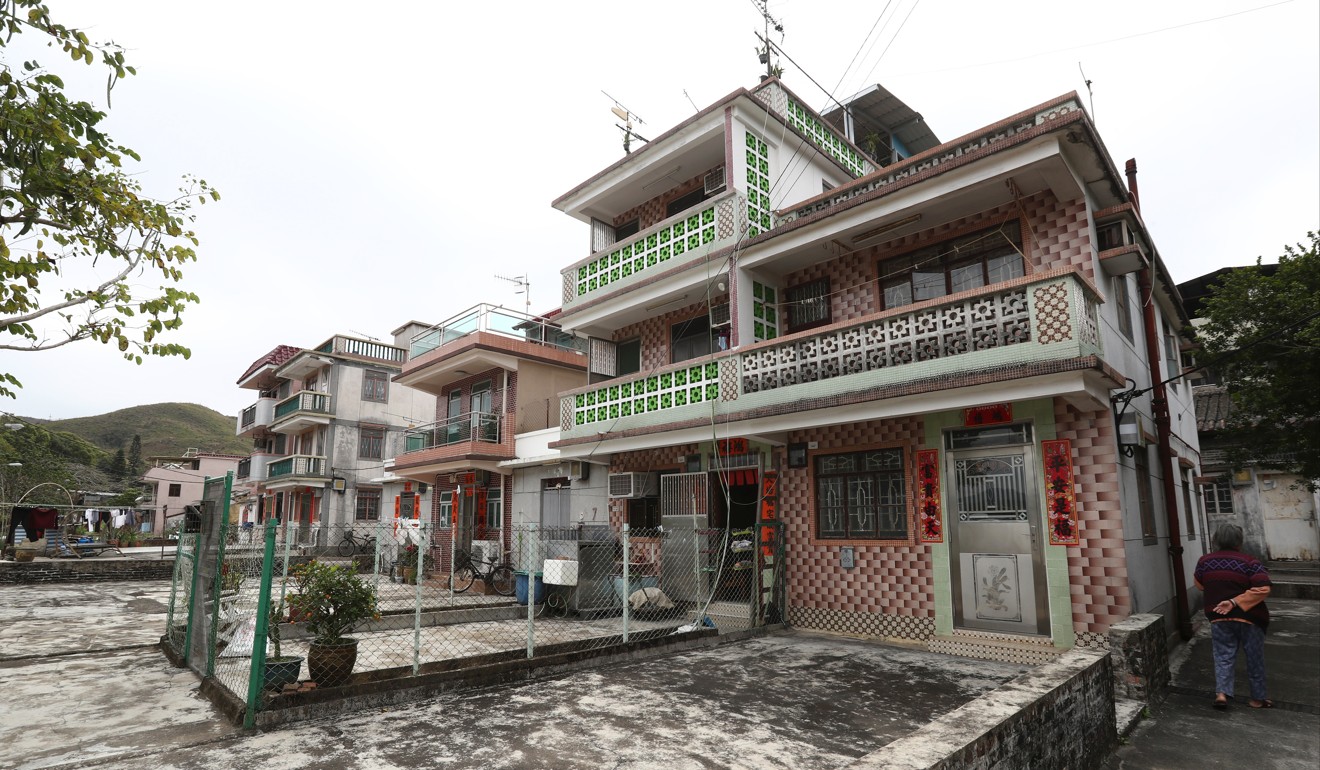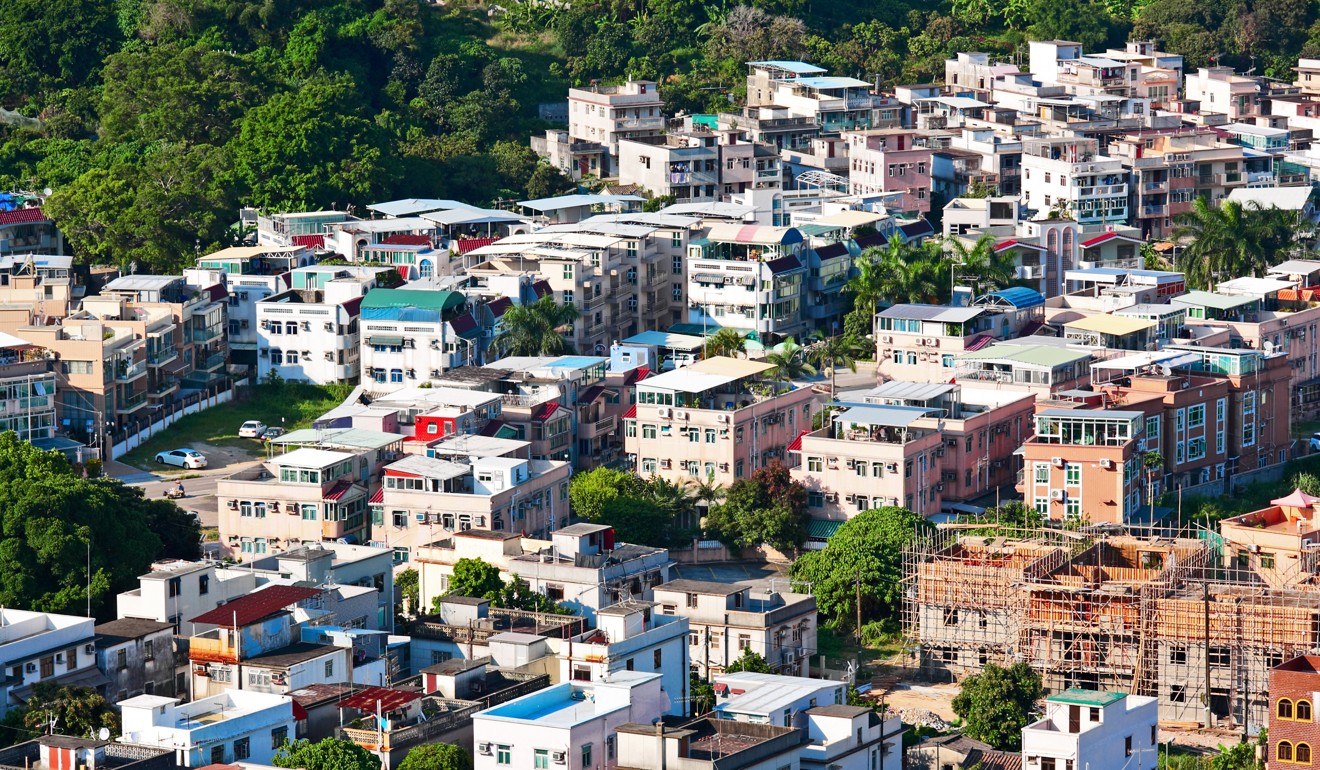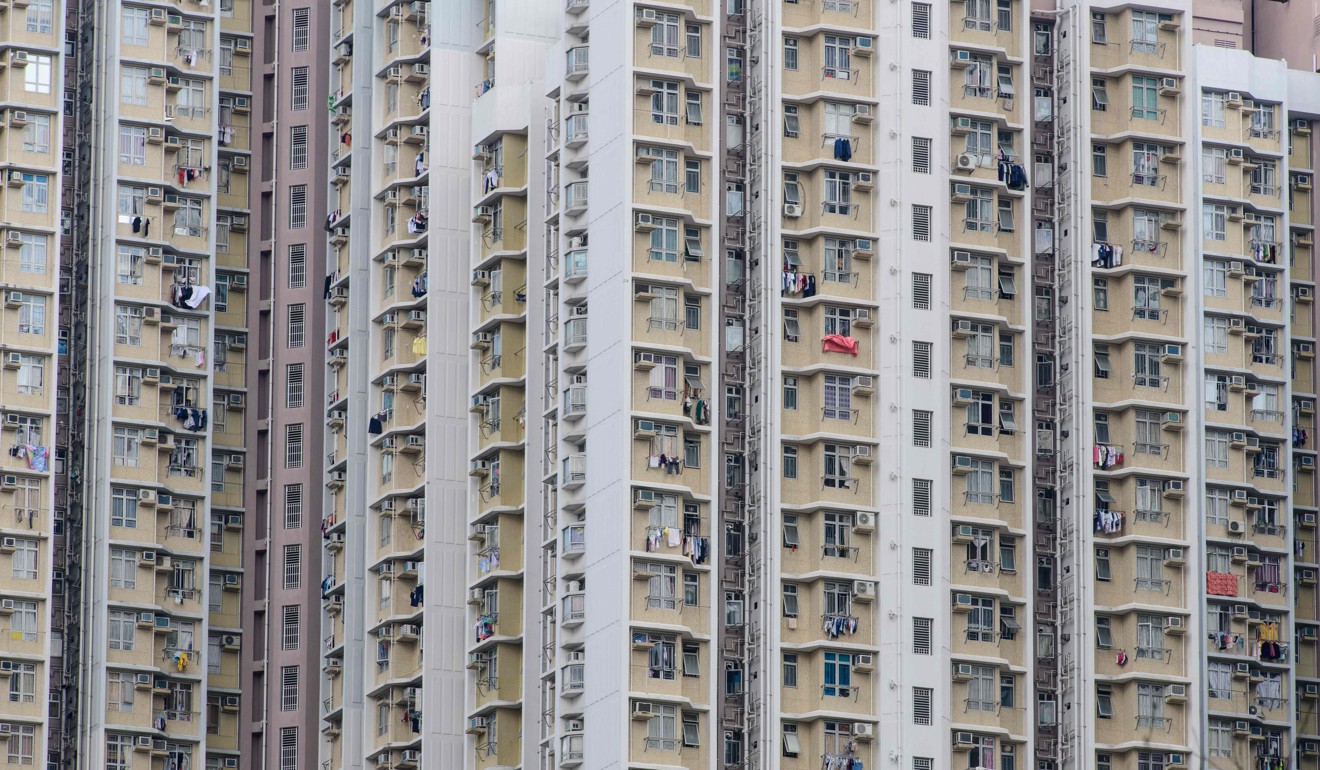
Hong Kong must tackle abuse of colonial-era policy on homes in its villages to sort out housing shortage
The small-house policy, which has for the past five decades shaped the lives of all of Hong Kong’s 700,000 traditional villagers, was originally intended to be an ‘interim measure’

It took Dennis Bray, the then colonial Hong Kong government’s district commissioner for the New Territories, six frenzied weeks in 1972 to draft the small-house policy that has for the past five decades shaped the lives of all of Hong Kong’s 700,000 traditional villagers.
Cynics say he was buying off powerful traditional village lobbies as the government sought to avoid confrontation while it acquired land to build Hong Kong’s new towns. Sympathisers say he was justifiably trying to stabilise our many clan villages and the traditional Hong Kong village life that sits at the heart of Hong Kong’s centuries-old heritage.
Nevertheless, the well-meaning district commissioner will surely be turning in his grave to see the unintended consequences of a policy he always saw as temporary. “I should emphasise that I do not see these measures as anything more than interim measures,” he said at the time.
Tell that to Carrie Lam, who turned in her Policy Address last week to tackle some of Hong Kong’s most enduring and intractable policy problems, but as far as the small-house policy is concerned, kicked the can down the road.

How can it be that a policy so explicitly temporary is still totally untouchable 46 years later, despite being the source of abuse and corruption; allowing shoddy building standards; discriminating against women (and the urban Hong Kong majority who fight over smaller and smaller housing units); and allowing chaotic development without proper planning for roads, sewerage, gas supplies and even – sometimes – water? And do not forget the wastefully inefficient use of land at a time when the government is struggling to find 1,200 hectares to improve the housing plight of urban Hongkongers.
As Lisa Hopkinson and Mandy Lau at Civic Exchange wrote in a 2003 report: “Over the long term the small-house policy is fundamentally unsustainable. Sooner or later, the government has to make a decision to repeal the policy, and the longer the government procrastinates, the more intractable the problem becomes for the future.” That was 15 years ago, and still this fundamentally unsustainable policy is being sustained.
I feel strongly about the small-house policy – known locally as the “ding uk” policy – for many reasons, not least, and in the interests of full disclosure, because I live in one. Out of the around 240,000 households that today live in, or have an interest in, the ding uk, about half are outsiders like me who have sought to escape the normal Hong Kong urban jungle for the luxury of space, (relatively) fresh air and the occasional wild boar or Burmese python.

The answer on why the policy remains untouchable is clear: too many powerful groups have over the past decades benefited too significantly for the government to summon the courage to call a halt.
Rights to build a small village house sit exclusively with males passing the age of 18 who can trace their ancestry back to a traditional village in 1898. There are an estimated 642 such villages, most concentrated in the North West of Hong Kong, around Yuen Long. Since the policy was introduced, permission has been given for just 42,000 village houses to be built under the scheme, but research by Civic Exchange and others suggests the queue of eligible applicants for the right to a village house could amount to 240,000.
Those who have managed to get the rights are able to build a 2,100 sq ft house (three floors each of 700 sq ft) for an average of HK$7 million (US$893,502), according to a report early this year by the property focused Liber Research Community. Most then cannot resist the temptation to sell them on to outsiders like me – for an estimated average of HK$16 million. Many have short circuited the process further by secretly selling their ding uk rights to developers.
For those able to benefit from the scheme, the ding uk policy has been a marvellous ATM machine, sustaining and enriching thousands of villagers.

The hugely powerful Heung Yee Kuk, the village council that represents the interests of Hong Kong’s traditional village communities, has inevitably been a fierce advocate for maintaining the scheme. They have turned to the Basic Law, in which Article 40 promises to “protect the lawful traditional rights and interests of indigenous villagers”.
It is open to question whether ding uk rights amount to lawful traditional rights, in view of Dennis Bray’s explicit intention that they should be an “interim measure”, but no court has yet dared to test this.
Over the decades all sorts of proposals have been made to wind up the scheme, and so far, all have been undermined. But a smart set of new ideas crossed my desk last week from David Webb of webb-site.com fame: “Given the long queue and uncertain prospect of a claim, some would surely be willing to surrender their ding uk rights for a cash payment from the government.”
Webb suggests an annual quota-limited offer to buy out villagers’ rights, using a reverse tender to set the price. Applicants would name the price for surrendering their rights. If the quota were 10,000, then the lowest 10,000 bids would succeed. Webb adds: “To avoid ‘sellers’ remorse’ if their bid was much too low, the government could agree a ‘clearing price’ matched to the highest successful bid.”

So if there were 20,000 applicants and the 10,000th lowest bid was HK$500,000, then all of the winning 10,000 bids would get HK$500,000, costing the government around HK$5 billion. The auction could be repeated annually, reducing the queue and freeing up the government to develop a more coherent land and housing policy. It would also allow the government to tighten the small-house policy to eliminate the corrupt resale activity that so poisons the scheme today.
I think Lisa Hopkinson and Mandy Lau would have agreed with Webb that such a proposal would accommodate genuine villagers who want to live in the village of their birthplace or ancestors, and ensured that villages are developed sustainably, while separating these from opportunistic profiteers.
Does Carrie Lam’s team have the courage at last to tackle this most intractable and long-standing of Hong Kong’s challenges?
David Dodwell researches and writes about global, regional and Hong Kong challenges from a Hong Kong point of view